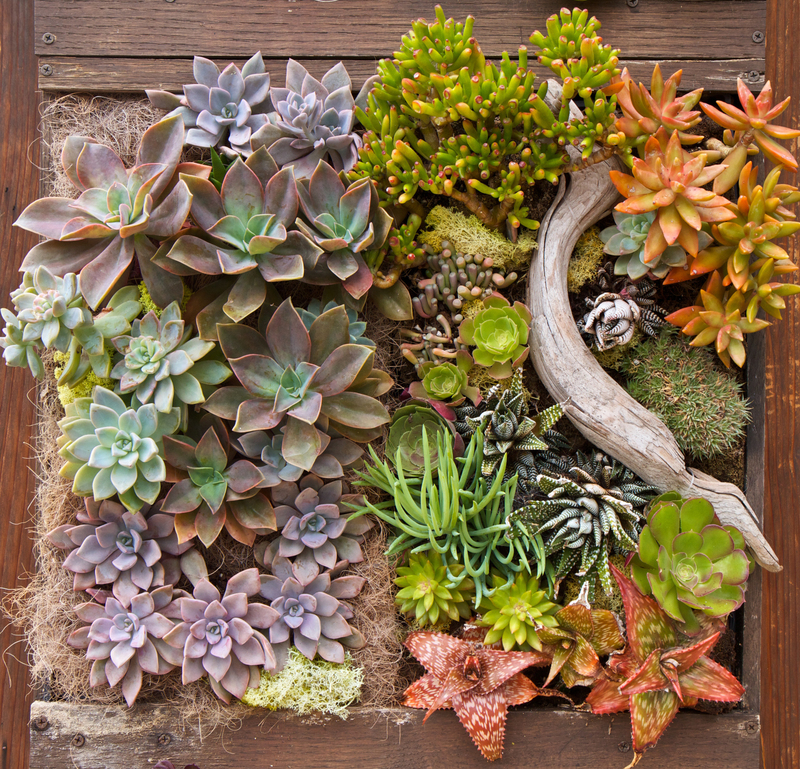Well-Groomed UK Gardens: Pruning Advice
Posted on 16/01/2025
Gardening in the UK is often considered both an art and a science. The ritual of caring for your plants and flowers is a soothing and rewarding endeavor. One of the fundamental skills that keeps gardens healthy and aesthetically pleasing is pruning. This article will delve into the reasons, techniques, and timing for pruning various plants, along with some specific advice for UK gardens.
Importance of Pruning
Pruning is not just about keeping your garden looking neat. Regular pruning promotes plant health, encourages growth, and can improve the yield of fruit-bearing plants. For flowering plants, pruning can stimulate more abundant and prolonged blooming.

Types of Pruning
Understanding the different types of pruning is crucial for achieving the best results. Here's a breakdown:
Thinning
Thinning involves removing entire branches back to the main stem. This method allows light and air to penetrate the plant, leading to overall better health and vigor. Thinning is particularly beneficial for trees and shrubs.
Pinching
Pinching is a technique often used on young plants. This involves pinching off the growing tips with your fingers to encourage a bushier growth.
Heading Back
This type of pruning involves cutting back the end of a shoot or branch to encourage growth at the nodes below. Heading back can create a fuller plant but should be done thoughtfully to avoid cluttered growth.
Deadheading
Deadheading is the removal of spent flowers. This not only maintains the plant's appearance but also encourages more blooms.
Timing of Pruning
Knowing when to prune is as important as knowing how. Improper timing can lead to reduced blooms or damaged plants. Below are the basic guidelines for different types of plants commonly found in UK gardens.
Shrubs and Bushes
The best time to prune flowering shrubs generally depends on whether they flower on new growth or old wood. For example, hydrangeas bloom on old wood and should be pruned right after they flower. In contrast, shrubs like Buddleia and Fuchsia bloom on new growth and are best pruned in late winter or early spring.
Trees
Deciduous trees should be pruned in late winter when they are dormant. This minimizes stress and the risk of disease. Certain flowering trees, such as cherry blossoms, should be pruned immediately after flowering to avoid cutting off next year's flower buds.
Perennials
Perennials vary, but as a general rule, prune them back in autumn after they have finished blooming. This allows the plant to focus energy on root development.
Pruning Tools
Having the right tools can make all the difference:
Hand Pruners
Ideal for small plants and shrubs, hand pruners are a versatile and essential tool. Choose bypass pruners over anvil types for a cleaner cut.
Loppers
For thicker branches, loppers provide the length and leverage needed.
Pruning Saws
These are necessary for larger branches. Look for a saw with a narrow blade and ergonomic handle for ease of use.
Hedge Shears
Perfect for maintaining hedges and giving them a clean, uniform appearance.
Always ensure your tools are clean and sharp to avoid damaging the plants.
Safety Precautions
Pruning can be hazardous if you're not careful. Here are some tips to stay safe:
Wear Protective Gear
Gloves, safety goggles, and sturdy shoes are essential.
Use a Stable Ladder
If you need to reach higher branches, make sure you use a stable ladder and ideally have someone hold it securely.
Be Mindful of Your Surroundings
Watch out for overhead wires and ensure children and pets are at a safe distance.

Common Mistakes
Avoiding common mistakes can ensure your efforts are rewarded:
Over-Pruning
Removing too much can weaken the plant and inhibit growth. Stick to the rule of taking off no more than a third of the plant's total volume at any one time.
Improper Cuts
Make clean cuts at a 45-degree angle above a bud that is facing outward. Avoid leaving stubs or damaging the bark.
Neglecting Tools
Dirty or blunt tools can spread disease and make messy cuts. Regular maintenance of tools is key.
Conclusion
Pruning is an essential component of maintaining a thriving and beautiful garden. By understanding the types of pruning, the appropriate times to prune, and using the correct tools and techniques, you can ensure your UK garden remains healthy, productive, and aesthetically pleasing. Regular attention to your plants' needs, combined with the right knowledge, will transform your garden into a well-groomed haven.
By incorporating these guidelines, your garden will not only reflect meticulous care but also burst with health and vitality, enhancing your outdoor living space for years to come.












